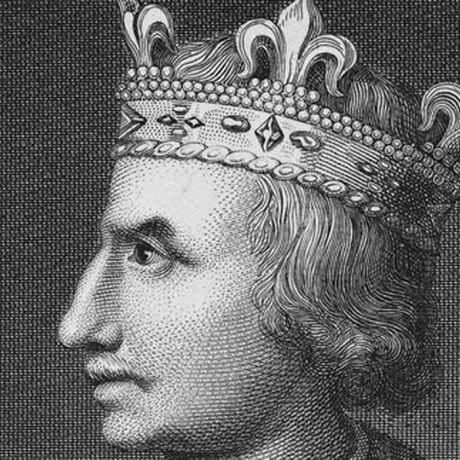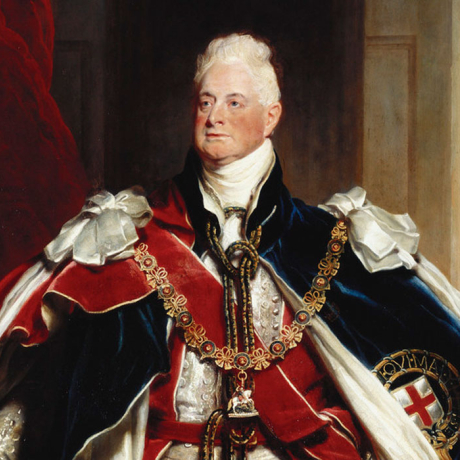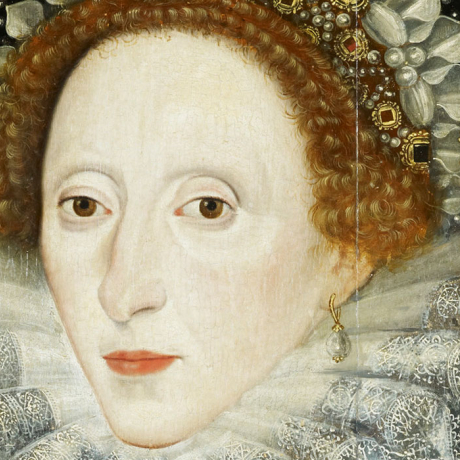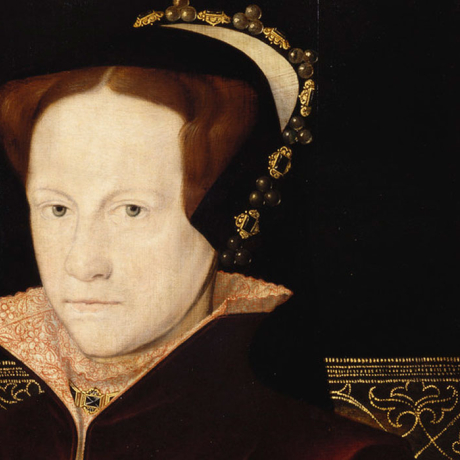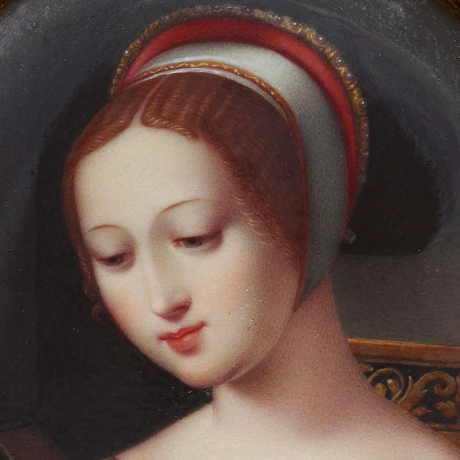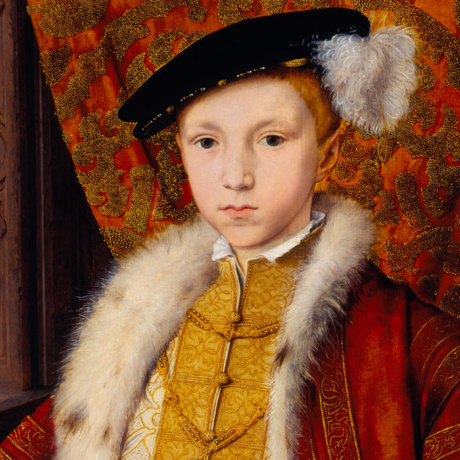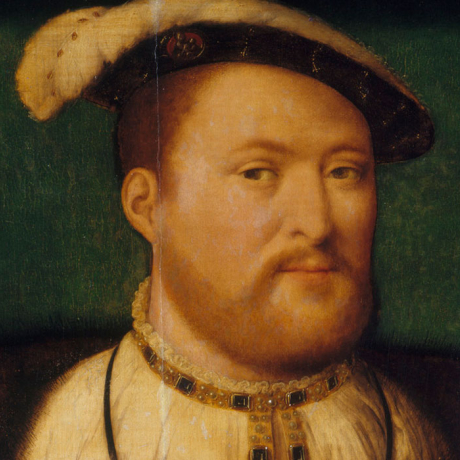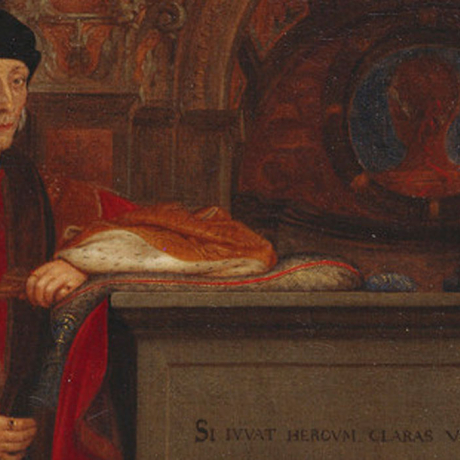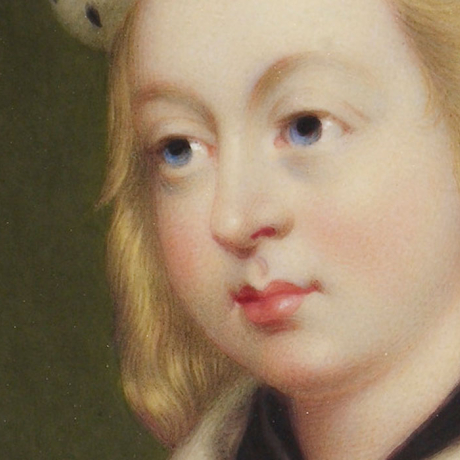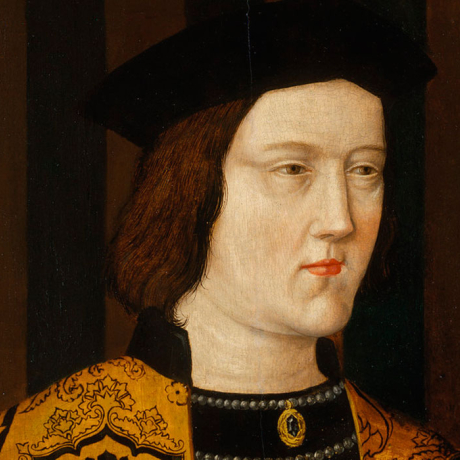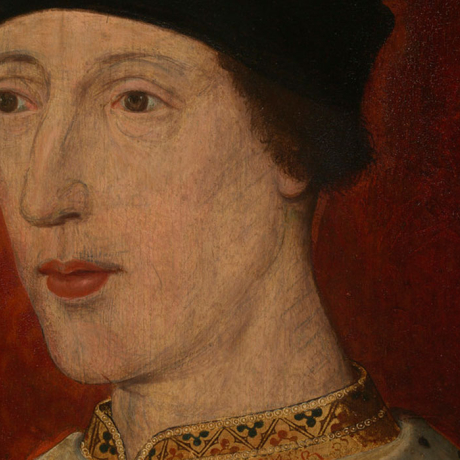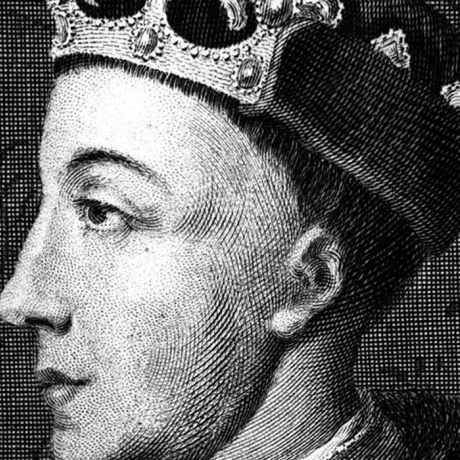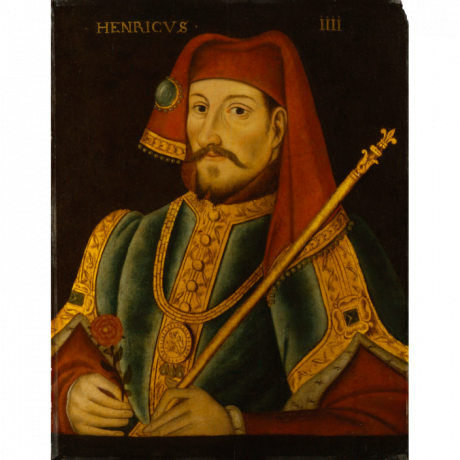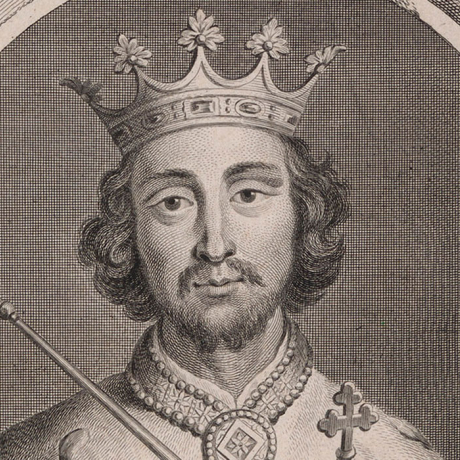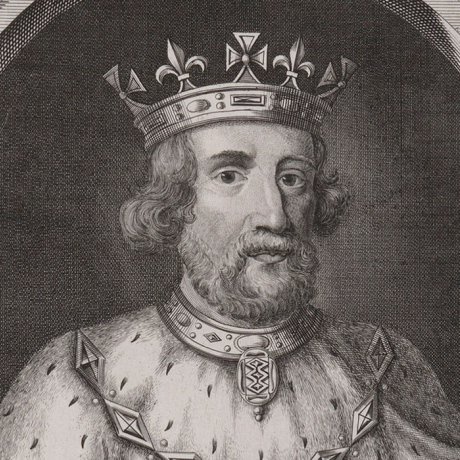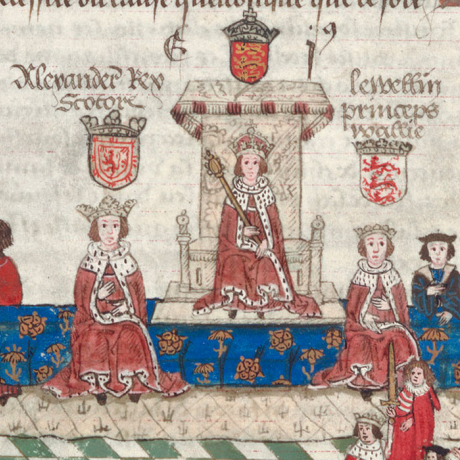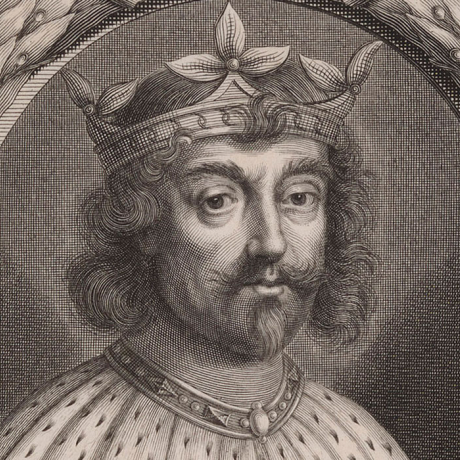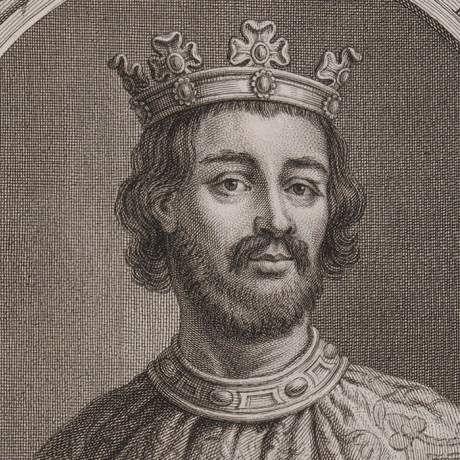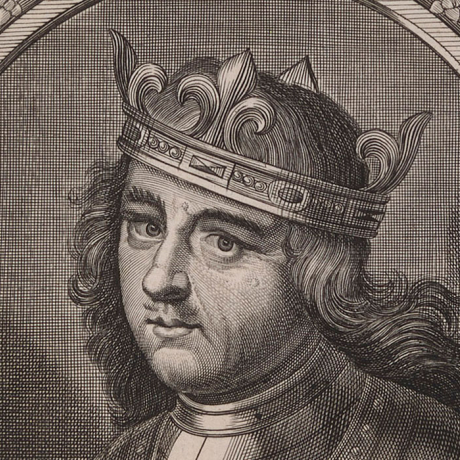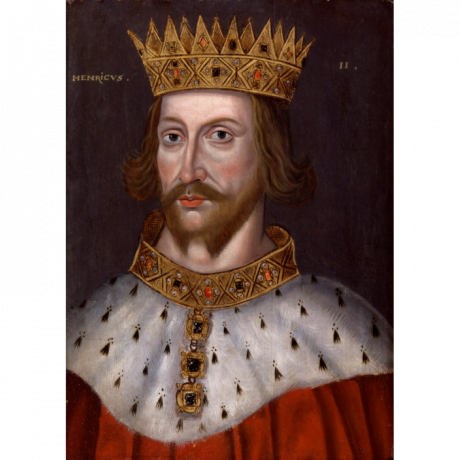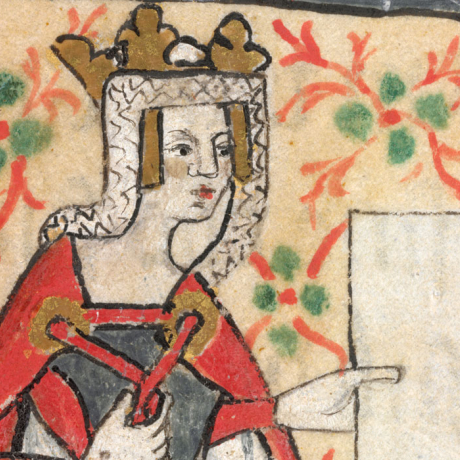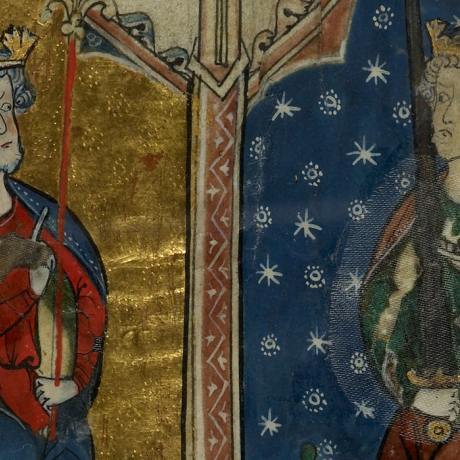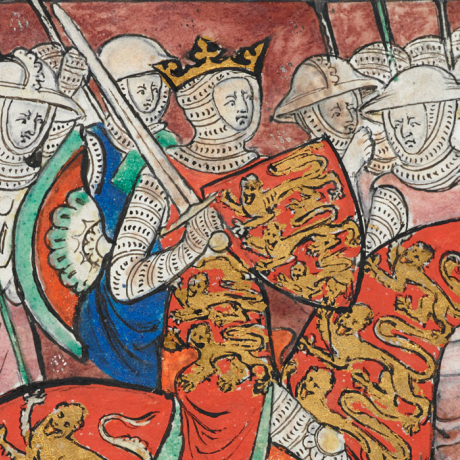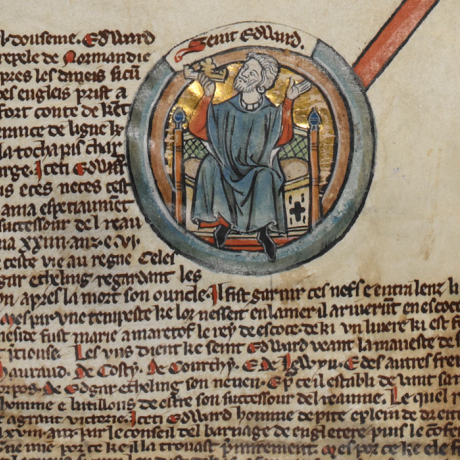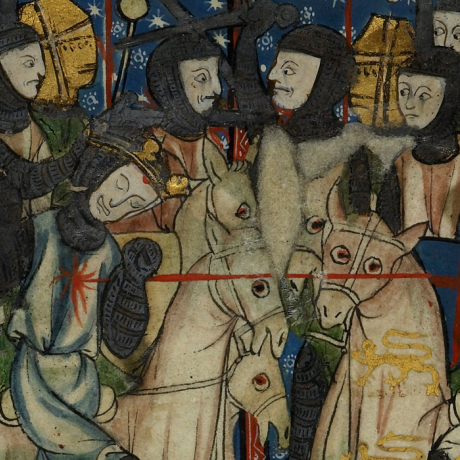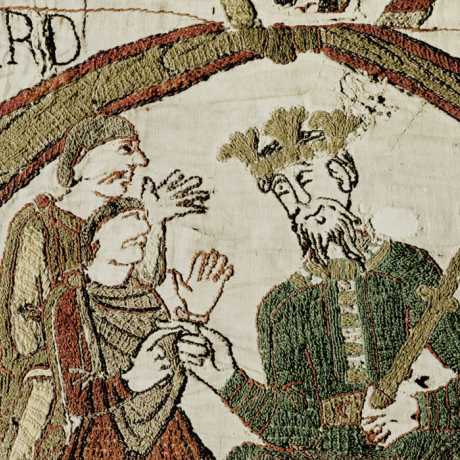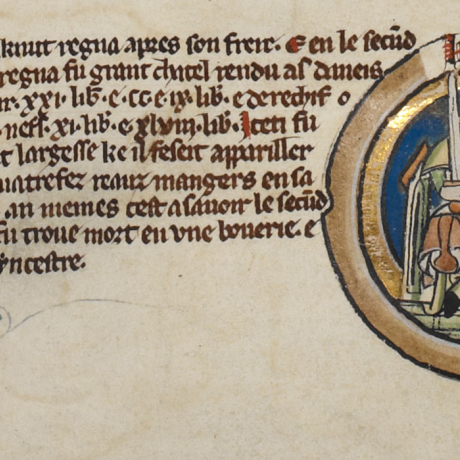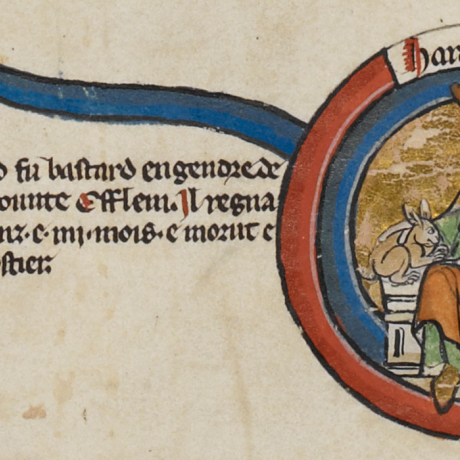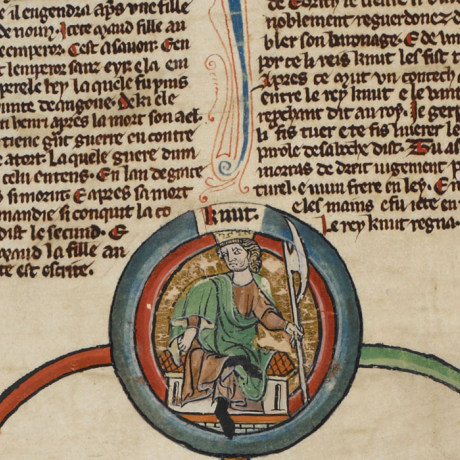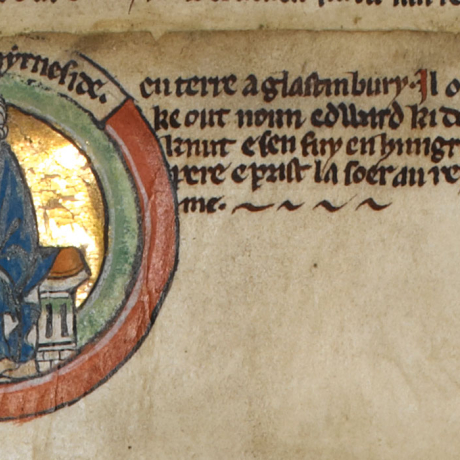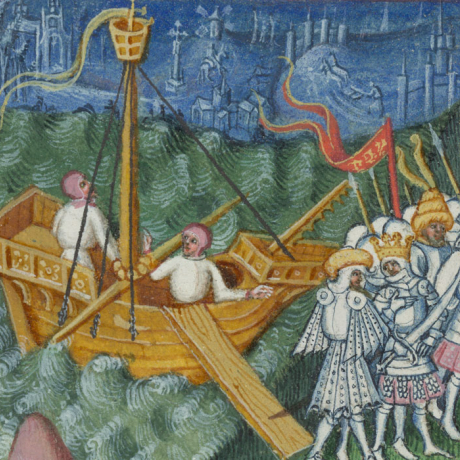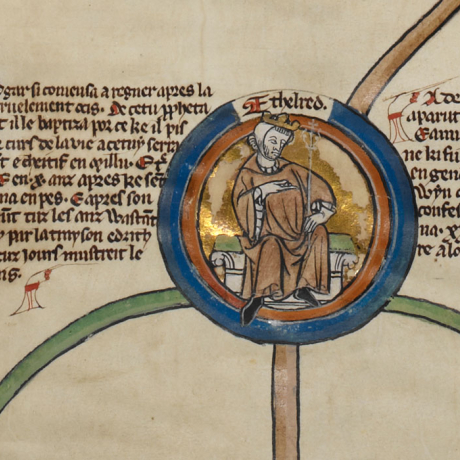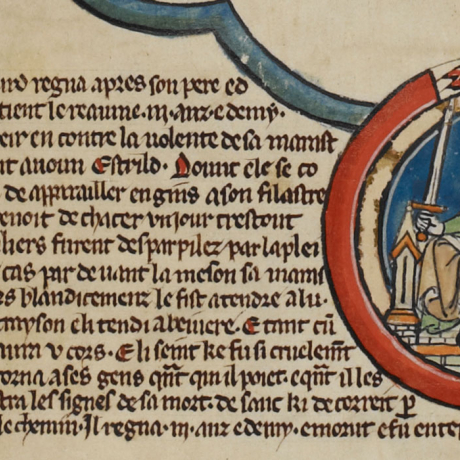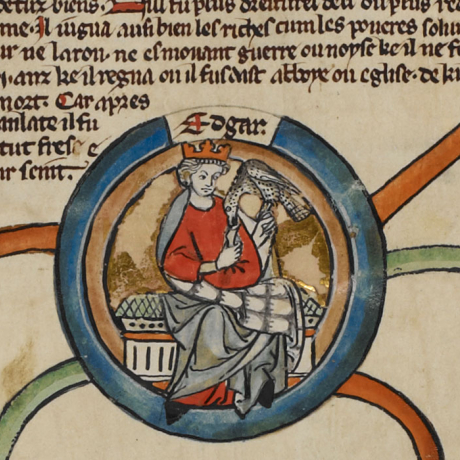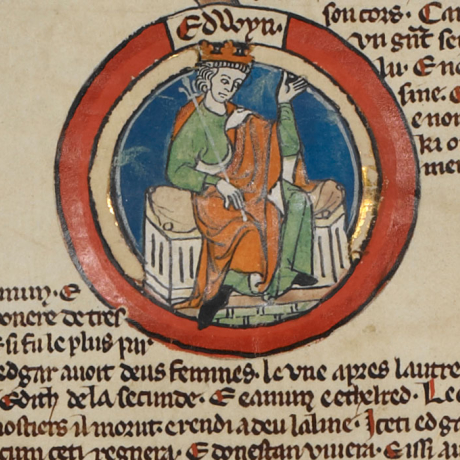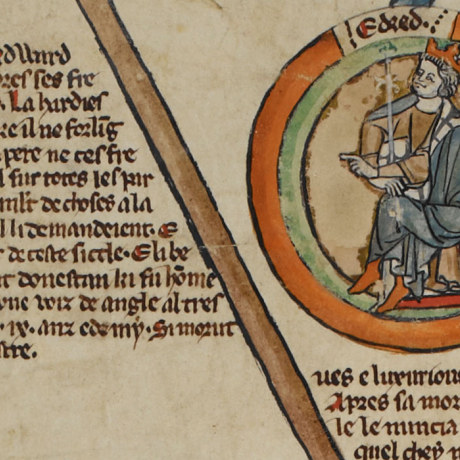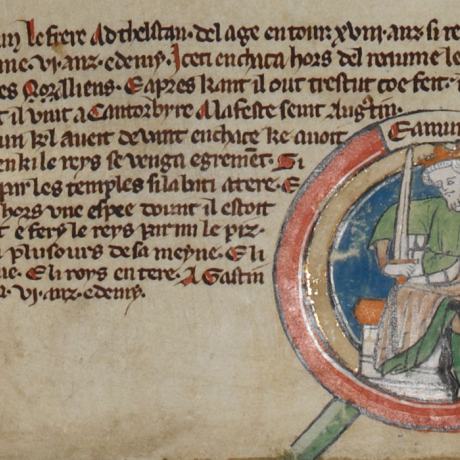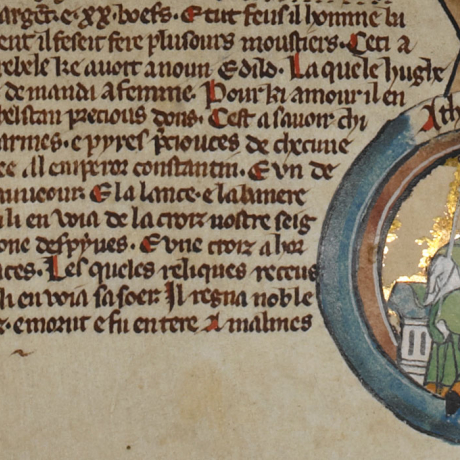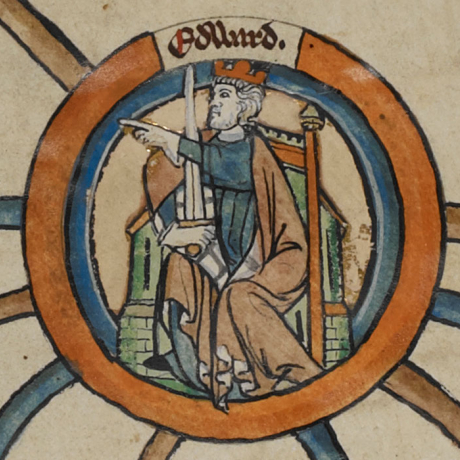William II was followed on the throne by his youngest brother, Henry. He was crowned three days after his brother's death, against the possibility that his eldest brother Robert might claim the English throne on his imminent return from the Crusade.
After the decisive battle of Tinchebrai in 1106 in Normandy, Henry completed his conquest of Normandy from Robert, who then (unusually even for that time) spent the last 28 years of his life as his brother's prisoner in various castles in England and Wales.
An energetic, decisive and occasionally cruel ruler, Henry centralised the administration of England and Normandy in the royal court, using 'viceroys' in Normandy and a group of advisers in England to act on his behalf when he was absent across the Channel.
Henry successfully sought to increase royal revenues, as shown by the official records of his exchequer (the Pipe Roll of 1130, the first exchequer account to survive). He established peaceful relations with Scotland, through his marriage to Matilda of Scotland.
Henry's name 'Beauclerc' denoted his good education (as the youngest son, his parents possibly expected that he would become a bishop); Henry was probably the first Norman king to be fluent in English.
In 1120, his legitimate sons William and Richard drowned in the White Ship which sank in the English Channel. This posed a succession problem, as Henry never allowed any of his numerous illegitimate children to expect succession to either England or Normandy.
Henry had a legitimate daughter Matilda (widow of Emperor Henry V, subsequently married to Geoffrey Count of Anjou). In January 1127, Henry coerced the barons of both England and Normandy to swear allegiance to her. Many later broke their vow, amid doubts about having a female ruler.
When Henry died in 1135, allegedly from eating too many lampreys (a fish), his nephew, Stephen of Blois, son of William the Conqueror's daughter Adela, usurped the throne. He crossed rapidly from Normandy, and had himself crowned at Westminster within the month.

